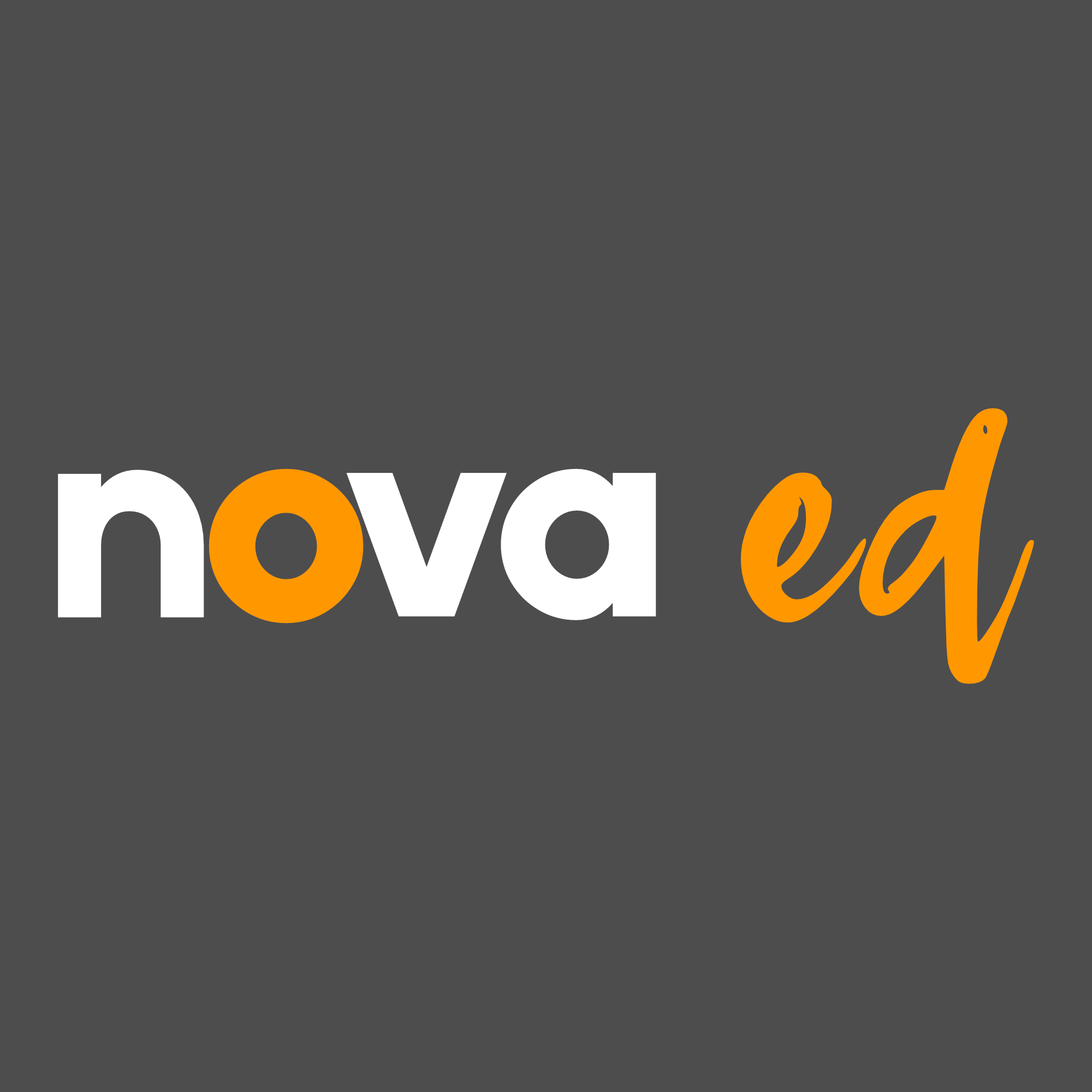Making the Right Choice
03, Sep 2025
131
Key Considerations for School Selection
As education consultants working with hundreds of families each year, our team at Novateur Consulting understands that choosing the right school is one of the most significant decisions parents make for their children's future. Whether you're considering a school transfer or embarking on this journey for the first time, several critical elements deserve careful consideration. This comprehensive guide examines eight key factors that should inform your decision-making process when evaluating potential schools for your child.
Education Pathways: Mapping Your Child's Academic Journey
Education pathways represent the specific courses, academic programs, and learning experiences that students complete as they progress toward graduation. A well-designed pathway should offer flexibility while providing clear direction. When evaluating schools, examine how they structure learning progressions and whether they accommodate diverse learning styles and interests.
Strong schools typically offer multiple pathways that extend beyond traditional classroom settings, including research opportunities, online learning options, and experiential education[1]. The pathway concept has evolved to include various approaches: formal education in structured institutions, informal learning through everyday experiences, and non-formal education through structured activities outside traditional settings.
When assessing potential schools, ask administrators how they personalize learning pathways to match individual student strengths and interests, and whether these pathways align with your child's future educational and career aspirations.
After-School Activities: Extending the Learning Day
After-school programs provide valuable resources that supplement classroom learning while offering essential support for students. Quality programs offer extracurricular activities, tutoring, homework assistance, and safe environments outside regular school hours.
Research shows that students who participate in after-school activities enjoy numerous benefits, including improved academic performance, better time management skills, enhanced social relationships, stronger teamwork capabilities, and opportunities to explore diverse interests. When evaluating schools, inquire about the breadth, quality, and accessibility of after-school offerings, as these programs significantly contribute to a well-rounded education.
Location and Transportation: The Logistics of Learning
Location consistently ranks as one of the highest priorities for parents when selecting schools. Studies indicate that parents care deeply about school proximity to home and travel time between locations. When considering a school's location, assess not only the distance but also transportation safety, available commuting options, and the overall convenience for your family's schedule.
Digital transport management systems have become increasingly important for ensuring student safety during commutes. Features like real-time monitoring and emergency response capabilities can provide considerable peace of mind, particularly since research shows 31% of parents feel anxious about their children's commute to elementary school.
Building a Student Portfolio: Documenting Growth and Achievement
Student portfolios serve as authentic assessment tools that provide comprehensive alternatives to traditional testing methods. Effective portfolios typically follow a structured development process: establishing purpose, outlining evaluation methods, creating organization plans, selecting representative content, and determining format.
When evaluating schools, inquire about their portfolio development practices. Strong programs empower students to take ownership of this process while providing appropriate guidance. Portfolios should include diverse artifacts such as reports, artwork, photographs, reflection responses, and work samples that demonstrate growth across multiple dimensions.
Sports Programs: Developing Physical and Social Skills
Sports participation offers benefits that extend well beyond physical fitness. Students who engage in athletic programs typically show improved academic performance, develop effective time management strategies, build meaningful friendships, strengthen social skills, and learn valuable teamwork principles.
When assessing a school's sports offerings, look beyond varsity programs to ensure inclusive opportunities for all skill levels. Quality programs emphasize character development, sportsmanship, and healthy competition while accommodating diverse interests and abilities.
Arts Education: Cultivating Creativity and Expression
Art programs foster crucial cognitive and emotional development in children. Research demonstrates that arts participation enhances creativity, builds critical thinking skills, sharpens observational abilities, develops spatial intelligence, and provides healthy outlets for emotional expression.
When evaluating potential schools, examine both curricular and extracurricular arts offerings. Strong programs provide instruction across multiple disciplines (visual arts, music, theater, dance) while creating opportunities for public performance and exhibition of student work.
Community Service: Developing Citizenship and Empathy
Community service participation varies significantly among schools, with 83% of high schools, 77% of middle schools, and 55% of elementary schools engaging students in these activities. Quality service programs connect meaningful community engagement with classroom learning while developing empathy, leadership, and civic responsibility.
When researching schools, inquire about service requirements, structured opportunities, and how community engagement integrates with academic curriculum. Schools that organize service activities (rather than merely recognizing independent service) demonstrate stronger institutional commitment to this aspect of education.
Curriculum Types: Approaches to Learning
The curriculum serves as the structured blueprint guiding the educational process throughout the academic year. Different curriculum models emphasize varying priorities and pedagogical approaches:
International curricula (Cambridge, AP, IB) offer global recognition, university opportunities worldwide, and enhanced critical thinking within a cross-cultural context[11]. The International Baccalaureate (IB) features a comprehensive curriculum with special projects and extracurricular requirements, while Advanced Placement (AP) allows students to take individual courses based on specific strengths.
Alternative approaches like Montessori focus on five key areas (Practical Life, Sensorial, Mathematics, Language, and Cultural Studies) with materials that increase in complexity as students progress at their own pace.
When evaluating curriculum models, consider alignment with your child's learning style, future educational goals, and the balance between academic rigor and overall well-being.
Making Your Decision
School selection requires thoughtful consideration of multiple factors that collectively shape your child's educational experience. At Novateur Consulting, we recommend prioritizing these elements based on your family's unique values and your child's specific needs. While no school may perfectly satisfy every criterion, this framework provides a comprehensive foundation for making this important decision with confidence.
share Share now










